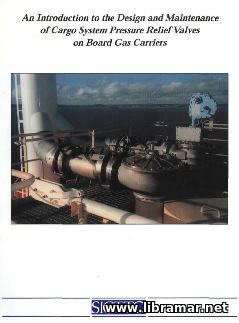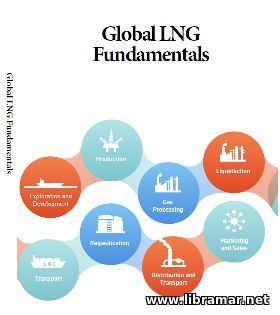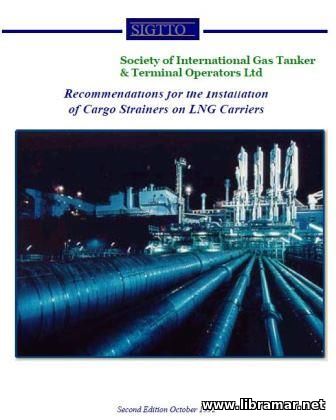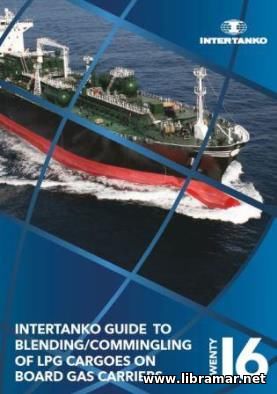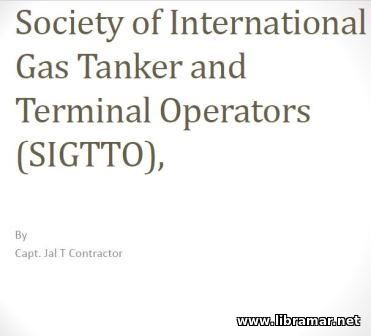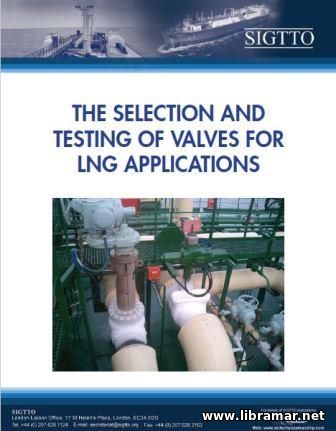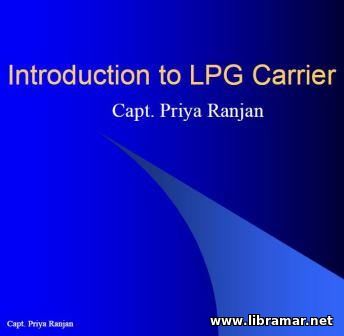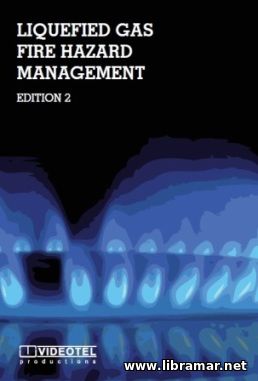
This training booklet was prepared and released by the leading maritime training provider. It is accompanies with the video for better understanding of the subject. Do not, however, get confused as we have another book coming under same title which is not a part of this set but is also very useful. This second edition of the booklet is intended to be used for training all crew members up to and including Master, to get them duly familiarized with the hazards associated with transportation of the liquefied gases.
The book will provide them with a good technical knowledge of the fire hazards and explain what shall be done in order to prevent such fires. They will also get to know the fundamental principles of the fire hazard management. In addition, the author of the book are demonstrating the firefighting equipment that shall be used and explain the procedures to be followed in case of fire.
This training set has already been proven very useful and gained popularity in all parts of the world. Several case studies have been included in the booklet. There is also a concise yet quite informative glossary of terms. The assessment questions and answers are there as well for tracking the learning progress.
